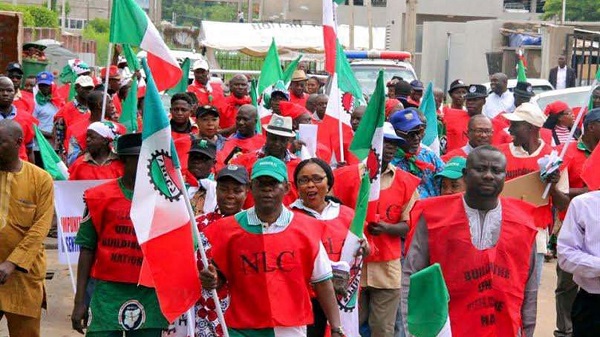Short changing the North? by Tahir Ibrahim Tahir — Economic Confidential

Sale of NDPHC Plants: Short changing the North? by Tahir Ibrahim Tahir
Where is the power? Baba quipped about the purported 16 billion dollars spent on power generation during the OBJ administration. As at today, Nigeria’s peak power generation stands at 5,801.60MW, while capacity stands at 7,652.6MW. 16 billion dollars is a lot of money and one can imagine that it would have given us more than the infrastructure we need in terms of power generation and distribution. The lack of prudence in government spending has seen us fritter away a fortune, either as junketing funds, or as funds spent on phantom projects. Another 16 billion dollars was handed over to the Paris club as debt payment, which could have been better handled by part payments while negotiating debt relief. Today we are still back in the debt pool, with 72% of government revenue going away as debt servicing. We have been unfortunate enough not to save for the rainy day in the hay days of 140 dollars per barrel price of crude.
The mega power project of the OBJ era was christened NIPP. The National Independent Power Project was conceived in 2004 to address the issues of power generation and incessant gas flaring in the Niger Delta from oil exploration. Today, the Niger Delta Power Holding Company consists of the 564.37MW Calabar SCPP at Cross River state. 507.6MW Ihovbor SCPP at Edo state and 451.49MW Sapele SCPP at Delta state. Others are the Egbema in Imo with 380.7MW, Gbarain in Yenagoa with 253.8MW and Omoku power station in Rivers with 264.7MW, as well as Ikot Abasi in Akwa Ibom. There’s the Omotosho power plant in Ondo with 512.8MW capacity. Some others are the Olorunsogo II in Ogun state with 754MW and Geregu II at Ajaokuta with 506.1MW. I stand to be corrected on the actual capacities of the plants which may not be precise, as some may differ from conceptualisation to present day output.
These power plants were funded by monies from all the 3 tiers of government. Funds used in building the power plants were taken from the FG, the 36 state governments, and the 774 local governments of the country. So the power plants do not belong to the Federal Government alone. The agreement at the time, in using the funds, was that after the actualisation of the plants, monies generated from them, would be used in building similar plants in the North. The plants built in the South were considered as a solution to the power problems in the South. Later on, the funds from the southern plants would be used to fund the plants in the North to equally solve the problems of power shortage in the North. Now the plants are up for sale and there is no mention or preparation for using the funds for the development of plants in the North as per the agreement, when the funds were sourced in the first instance. The Coalition of Northern groups had issued a statement, bringing the public’s attention to the sale of these assets, without any preparations for the development of those in the North. 5 of the plants are up for sale according to their statements.
In a letter dated 1st of July, 2021; The House of Representatives had invited The Association of Electricity Generators of Nigeria, to an Investigative hearing, on the need to investigate the planned privatisation of the Niger Delta Power Holding Company’s power plants. The House had earlier discussed the issue, under matters of public importance, and had decided to urge that the sale of the power plants be suspended, until the lingering issues were resolved; especially those surrounding the ownership of the NDPHC. This is an indication that the proper consortium of owners of the power company, have not been carried along in the sale issue of the plants of the NDPHC. It seems the BPE is going ahead with the sale of the plants as assets of the Federal Government alone, and not as assets of the states including.
The fear here is that if the BPE goes ahead to sell the power plants, the money generated from the sales will be treated as just ‘slush’ funds for the Federal Government to utilise as it deems fit. With the paucity of funds in these trying economic times, one can imagine that the funds will just come in handy, for one govt expenditure or the other. But in reality, the funds are monies that were investments from both the states and the Federal Government. If there are no returns on investment, or just the capital input is realised, or even a loss on investment, the decision on their utilisation should be a collective one and not a singular decision of the FG. The earlier agreement on the utilisation of the funds, in building the plants in the South only, was with the understanding that it was an investment; to be used in building similar plants in the North. So if the plants are sold now, will they be used in building similar ones in the North? What is in it for the North in the sales of its investment in these power plants? We hope that the House committee on power will give this issue a due diligence approach, and not end up just being stampeded by the BPE into assenting to their sale proposal. The idea is not to burden the FG with the management of the power plants, but to make sure that the proceeds of the privatisation are chaneled appropriately, with due recourse to the consortium of owners of the company.
Tahir Ibrahim Tahir is Talban Bauchi.






